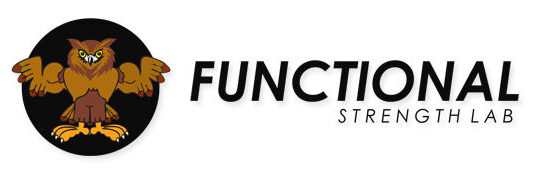Same Deadlift Max Calculator as the main calculator page, but not as much text getting in your way! This calculator allows you to determine your deadlift max without having to actually perform your deadlift to the maximum. This helps to reduce the likelihood of injury, and keeps you lifting another day. The results are based on seven different widely accepted formulas for calculating your 1RM. Enjoy! Want an excel version of the 1RM calculator below? Join our mailing list below! Otherwise scroll down for the in browser version of the deadlift max calculator
Want some product ideas for improving your deadlift max?
The deadlift like the squat is much more important in my opinion to functional strength than the bench press. However, the deadlift is discussed and performed far less than both the squat and the bench combined. Through my own workouts, I’ve noticed marked improvements in my jiu jitsu game (particularly in my “throws” and wrestling “shot”)and gait stability after performing deadlifts regularly in my workouts. I have torn both of my ACLs, and menisci in sports related incidents and I find the deadlift a much more comfortable motion than squats. In fact, the deadlift has been a huge part of my full return to contact sports. I am a huge proponent of the deadlift and recommend it to everyone who can safely perform the motion. Luckily there are also many other versions of the deadlift that may feel more comfortable for some. For example, the Romanian deadlift and the stiff legged deadlift are great variations that I mix into my workout occasionally. I would also argue that the hack squat is more closely related to a deadlift variation than a squat variation. The hack squat also may help those that find it difficult to keep their back from rounding with the standard deadlift. Another option is using a deadlift bar rather than a barbell if your grips feel more comfortable in that position.
There are many arguments surrounding grip position and wrist wrap usage. While I try to avoid using wraps or even the s-grips until the weight becomes unwieldy, I have no issue recommending either of these methods/tools when the weight becomes too heavy for the user to grip. The obvious exception would be if a lifter is attempting to compete formally in these lifts, or if the sport the person performs in requires intense weight bearing grip strength (ex: gymnastics, judo, etc.) Other than in these instances, I feel the loss of grip engagement is far outweighed by the extra weight that one is able to perform in the lift. Your legs and core are far stronger than your grip, and these muscle groups require a far greater load to develop significantly. Other grip strength exercises exist that can adequately engage these muscles such as (pull up balls, pull ups with towels, farmer’s walk, etc.
Have an Android phone and want to track your 1RM on the go: Check out Functional Strength Lab’s One Rep Max Android App
